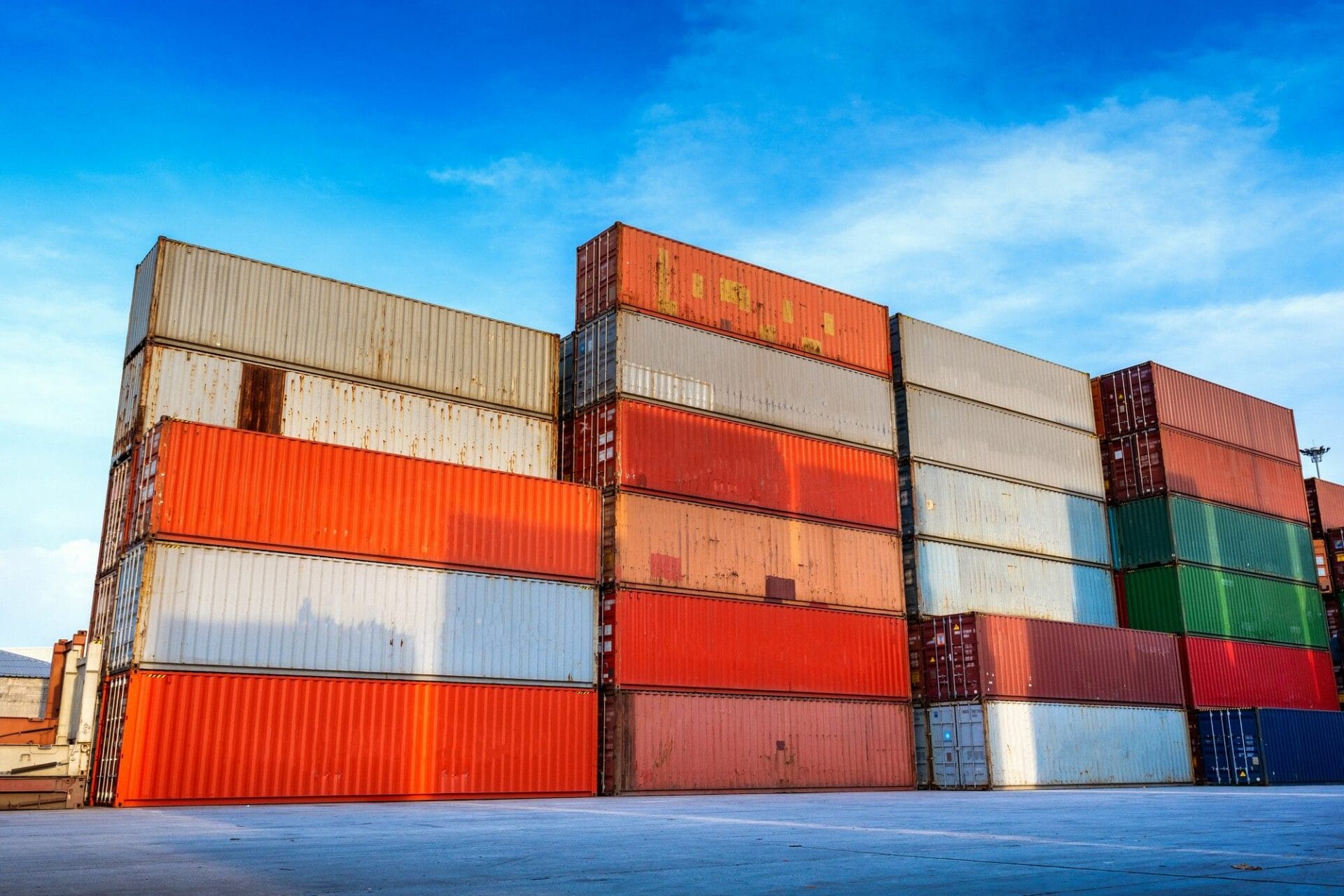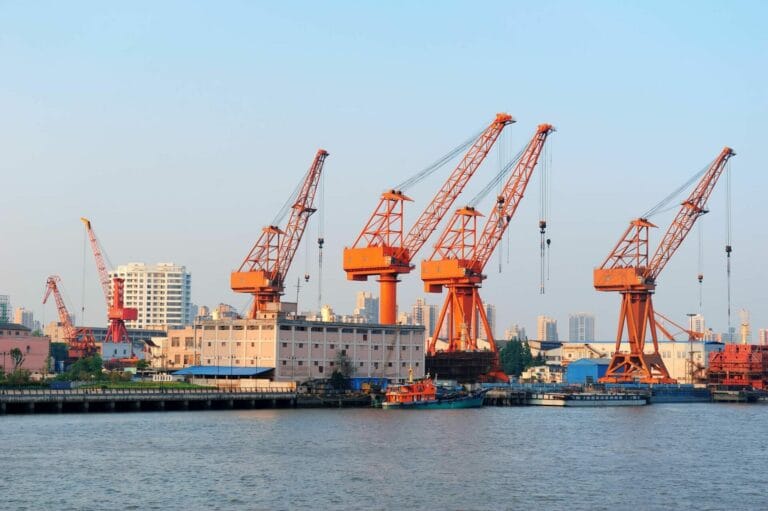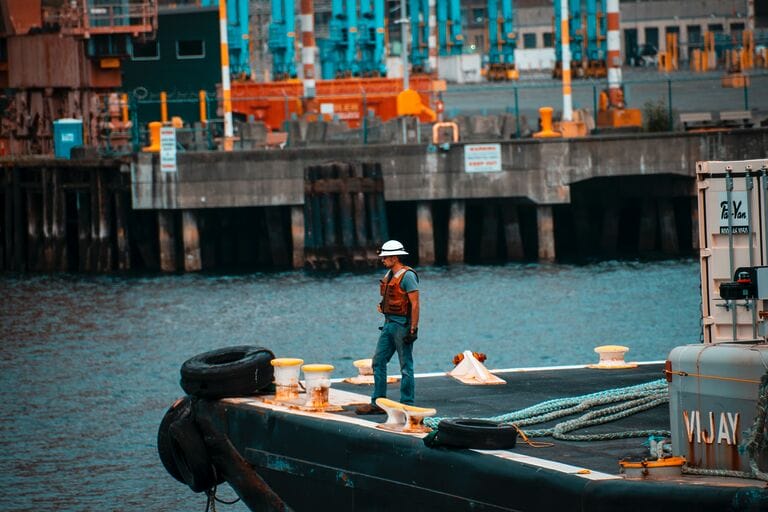Container Depot: Understanding Its Design and Purpose
A container depot, also known as a container yard, is a designated area where shipping containers are stored or held in transit after being unloaded. This facility provides a centralized location where shipping and logistics companies can keep their containers until they are ready to be reloaded for further transport. It is important to note that a storage facility for fully-loaded containers is not considered a container depot. Such facilities are typically temporary holding areas or terminals where shipping companies aim to transfer the goods to the receiving party or port as soon as possible.
Once containers are unloaded, they are registered by company officials and trucked back to the depot for maintenance and frequent checks. Container depots are typically located inside a port or terminal or in the surrounding area, allowing for quick and efficient transfer of containers between different locations.Container depots and yards are secure facilities that provide essential services for container shipping companies, including maintenance, repair, and storage. These facilities play a crucial role in ensuring the timely and efficient delivery of goods by reducing the risk of cargo damage or loss during transport.
In addition to container depots, there are also container ports and terminals. Container ports primarily deal with the shipping of containers through carriers, while container terminals are facilities where loaded containers are held before transhipment to another mode of transport, such as maritime or inland transport. Container depots do not have any such prerequisite and are standalone facilities designed for container storage and maintenance.
Functions and Uses of a Container Depot
Container depots serve multiple purposes and play a critical role in facilitating commerce between various countries and ports. A significant issue that they address is the storage of empty containers after unloading at the receiving party’s warehouse. Ideally, each container company would have its own secure storage facility to keep track of its containers in different locations. However, this approach creates a space crunch in the hinterlands surrounding the port.
In response, the concept of container depots emerged in the mid-19th century. These are single locations, offered by ports or private entities at nominal payment rates, where shipping companies can store their containers in a secure facility. Today, major shipping companies like American Shipping Lines, Maersk, and Hapag-Lloyd store their containers in such depots.One significant advantage of container depots is that they enable seamless logistics between ports and other depots. They help to alleviate bottlenecks and storage issues.
For instance, an average ship can move 20,000 containers from Rotterdam in Europe to Shanghai in the far East, creating a shortage of containers in Rotterdam and a surplus in Shanghai. To address this, Rotterdam requests containers from nearby depots, which restores its container count to normal. The surrounding depots that supplied containers then request for containers from their nearby depots, and this cycle continues until an equilibrium is reached. Finally, the depot at Shanghai port supplies a neighboring depot with its surplus containers, bringing the process to a close.
Layout and Design of Container Depots
Container depots must have a standardized layout to ensure security and maximize storage space, c. One of the major challenges faced by storage facilities is providing security for large units.
Theft of machinery from containers, such as refrigeration units in reefers, is a significant problem. Illicit goods can also be trafficked through containers if not properly checked. To address these issues, most depots have large boundaries with round-the-clock manned entry and exit points. Some depots also have facilities for testing empty containers for trace amounts of drugs and other substances.
Inside the boundary, containers are often stacked high in the air using straddle carriers or large spreader cranes, with a focus on efficient stacking to minimize turnaround times. Some yards may also allocate separate regions for each company through bidding.
Service providers generally occupy the periphery of the container depot, which is connected by an extensive road and rail network. Large facilities may have an in-house rail connection used to bring and send containers. Some yards may also have a customs office overseeing container loading and unloading, along with regular inspections.
Container depots offer a prime example of effective logistics and operations management. They demonstrate how to tackle major problems such as bottlenecks and limited space.
By providing a centralized facility for collecting, storing, and maintaining unused containers, depots can boost the revenue of nearby ports. This helps establish ports as innovative and user-friendly.
Overall, container depots provide an interim holding facility that combines multiple valuable services in a single location.
Need Help at Port? Contact Us Now!
BALANCIA SHIP AGENCY
HQ Address : Komplex Ruko Golden City Block C No.3A, Batam City, Indonesia 29432
www.balancia.co.id
Mobile Ph. : +628112929654
Office Ph. : +627784883769











thanks for sharing information in this blog